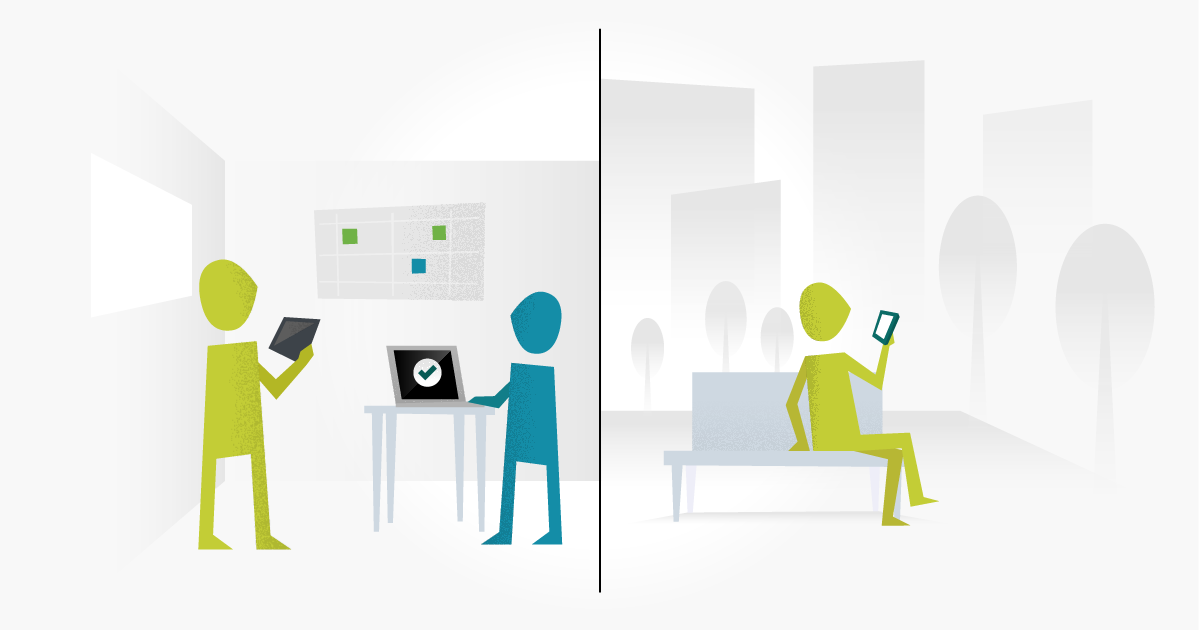It’s not uncommon to see a “Beta Release” of a product. But what does “beta” mean? And what about UAT… what’s that?
We’ve talked a lot about different types of testing and we’ve also discussed the difference between alpha and beta testing in the past. There are a lot of them. In this article, we’re going to look at UAT and Beta Testing.

It turns out these terms – UAT and Beta Testing – are often used interchangeably. In fact, Beta testing can actually be thought of as a type of UAT. The difference in these types of testing can perhaps be seen in their intentions.
What is UAT testing?
UAT, or User Acceptance Testing, is meant to verify the software meets the business requirements. User acceptance testing is a type of functional testing conducted by the client or end-user. More technical approaches to testing such as load testing, system testing, unit testing, and integration testing should be completed by the time UAT testing begins. UAT testing can involve a defined set of tests to conduct.
The software development team is looking for “acceptance”, either formally through a contract or informally from the client. It is often the last stage of the software development lifecycle before the release into production.
What is Beta Testing?
Beta testing is UAT done in the client’s environment, by the customer or end user.
Beta testing is used to gain perspective on the customer’s usage of the software. Software vendors offer their customers (or potential customers) the opportunity to beta test new releases in order to collect feedback and improve the product prior to release. Beta testing makes it easy to test the product on a large scale across a variety of machines. The goal in beta testing is to fix issues and improve the software so that it’s ready for primetime.
There’s often marketing-related initiatives behind beta testing too. Many brand new products release a limited availability “beta” version in order to get customer testimonials and referrals. Companies can either grant access to a limited number of users, or open the beta release to the public. This has potential to create a buzz around the product, and these early adopters often end up converting to loyal customers.
The beta testing phase can last weeks or months depending on the size of the software and the motives behind the beta test.
Key Differences Between UAT and Beta Testing
- UAT is done in a controlled environment. Beta testing is done in the wild.
- UAT is usually done by the client. Beta testing is done by the end user.
- UAT is done by one or two users. Beta testing can be done by hundreds or thousands.
- UAT is meant to verify the business requirements. Beta testing is meant to collect feedback on usability in effort to improve the product for major release
- UAT often involves working alongside the testing and/or development team. Beta testing is done by the end user alone.
- UAT is an extension of the development phase. Beta testing is done just prior to the final release.
Conclusion
UAT testing and beta testing are closely related. UAT is never a “public” release and is usually conducted with coordination from the testing team. Beta testing is less structured and often involves a general public “beta” release.
Both UAT and beta can be used to improve the quality of the software through end-user feedback.
About the writer
Jake Bartlett
Jake Bartlett lives and works in Nashville, Tennessee. He has a background in software testing, customer support, and project management.
All Jake Bartlett's articles
